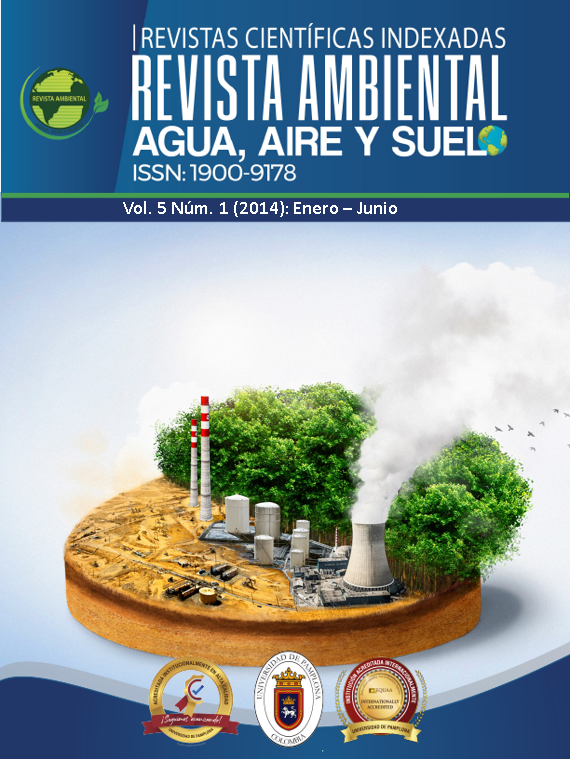Environmental impact generated by the use of reverse osmosis in the removal of arsenic to obtain drinking water
DOI:
https://doi.org/10.24054/aaas.v5i1.1993Keywords:
Arsénico, agua de rechazo, disposición, osmosis inversa, sueloAbstract
To mitigate the population's exposure to water consumption with high concentrations of arsenic, more than 300 reverse osmosis systems (ROI) have been installed in 273 communities in the state of Chihuahua. Reverse osmosis plants concentrate the contaminant in the reject water. The improper disposal of this waste is causing environmental problems in soil and surface water. The objective of this study was to analyze the environmental impact of reject water disposal on agricultural soil. The concentration of As in the reject water and its disposal in the RO systems of different towns were determined. The results indicate that 58% of the discharges are into drains and 18% are used for agricultural irrigation. For the POIs in the area, disposal on agricultural land concentrates the metalloid on the surface with saturation rates at the limit (NOM) of up to 23 days/m2. An alternative for recovering waste water, controlling As, and thus limiting its impact is the use of constructed wetlands.
Downloads
References
Litter, Marta I. & Mansilla, Héctor D. (2003). Remoción de arsénico asistida por luz solar en comunidades rurales de América Latina. Proyecto OEA - AE 141/2001.
Maiti, Abhijit, Das Gupta, Sunando, Kumar Basu, Jayant, & Sirshendu De. (2007). Adsorption of arsenite using natural laterite as adsorbent. Separation and Purification Technology, 55, 350–359.
Official Mexican Standard NOM-127-SSA1-1994. (1994). Environmental Health, water for human use and consumption – permissible limits of quality and treatments to which water must be submitted for its drinkability.
Petkova Simeonova Verguinia, Rivera Huerta Lourdes, Piña Soberanis Martín, Avilés Flores Martha, & Pérez Castrejón Sara. (1998). Evaluación de diversos minerales para la remoción de arsénico de agua para consumo humano. Instituto Mexicano de Tecnología del Agua.
World Health Organization (WHO). (2004). Guidelines for Drinking-Water Quality. In: Recommendations, third ed., vol. 1. WHO, Geneva, Switzerland.
Downloads
Published
Issue
Section
License
Copyright (c) 2022 REVISTA AMBIENTAL AGUA, AIRE Y SUELO

This work is licensed under a Creative Commons Attribution-NonCommercial 4.0 International License.










